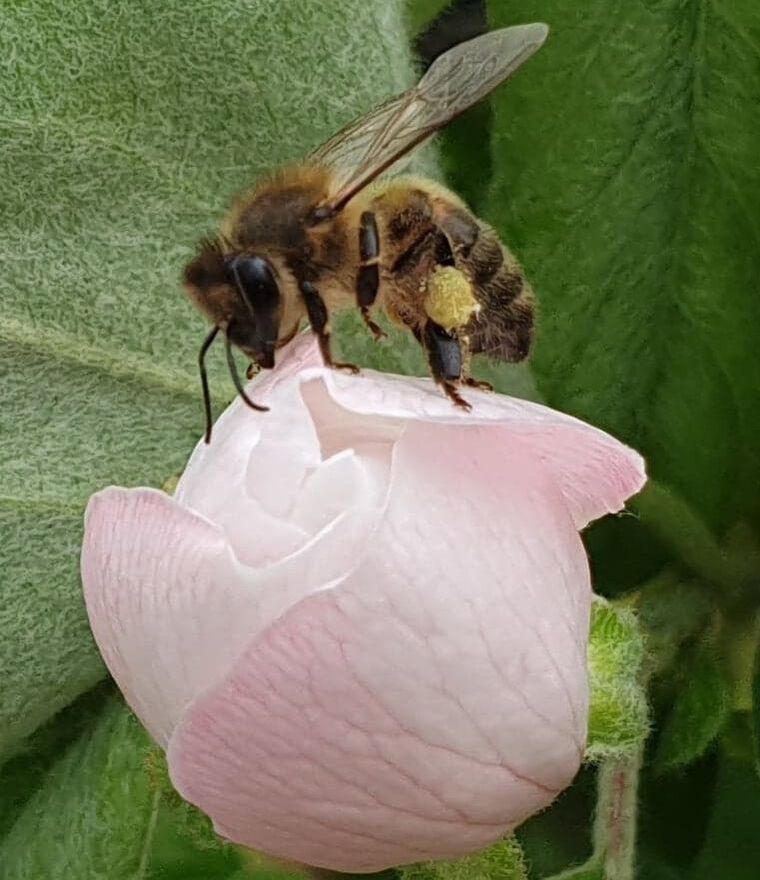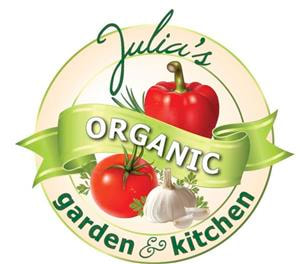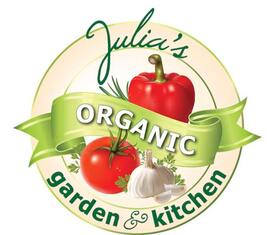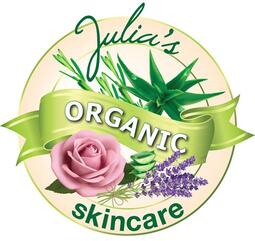
Attracting bees and other pollinators into your garden is very important as these valuable insects pollinate so many of the fruits and veggies we grow. Without them, your veggie patch and orchard would look pretty bare. In fact, over 75% of the world’s flowering plants rely on pollinators like bees to reproduce.
Bees are the world’s best pollinators because they collect pollen from flowers to feed their young. Sadly, bee populations in Australia and around the world are declining. Bee populations are under threat because of:
However, with all the attention focused on honey bees, Australian native bees tend to be overlooked and they are the ones who are really in trouble. Commercial bees were brought from Europe to Australia in 1822. Honey bees are far from the only pollinators we rely on. Recent research already suggests that a range of native insects, including native bees, play an important role in the pollination of crops such as macadamia, blueberry, mango and many others. In some cases, native bees are better pollinators than honey bees. Tomato and eggplant flowers only release their pollen when vibrated at a specific frequency. Honey bees are not able to buzz at the correct frequency and so cannot pollinate these types of flowers. But some Australian species — such as blue-banded bees, carpenter bees and teddy bear bees — are excellent buzz pollinators, vibrating their bodies at exactly the right frequency to release pollen and facilitate fertilisation. Australia is home to 1,600 different native bee species; a quite impressive figure considering there are 20,000 bee varieties worldwide. Most of the native bees are solitary and live alone and although they are not making honey, they are important pollinators as well. Australian native bees are beautiful and vary in different colours and in sizes: the biggest one is the Carpenter Bee and the world's smallest one the Quasihesma Bee, which is only 2 mm. You can help to attract bees into your garden by:
CREATE A BEE HABITAT GARDEN You can attract bees into your backyard and improve their quality of life by planting a variety of plants bees just love to visit. Honeybees usually forage within a radius of three kilometres, so if you don't have any bees yourself, someone within a radius of 3 km might have a hive or two, and then there are native and feral bee colonies - all searching for flowers. Remember that bees see the world differently to humans. They'll pass a couple of roses planted in two different corners of your garden, but a big swath of flowers (lavender and borage are generally this size anyway) will catch their attention as they are very efficient creatures and prefer move quickly from flower to flower. They are also prefer blue, yellow and purple blossoms. Most of the bees feed on different types of plants, however, some native bees prefer only native plants. By planting a variety of flower shapes and sizes, you catering for picky and less picky bees, for small and big ones. Trees and shrubs produce larger amount of nectar and pollen, however, smaller plants provide forage more regularly, by planting all possible plants you are supporting not only bio – diversity but also cater for pollinating insects. There are plenty of plants which will attract bees but here some of the best: Herbs (when in flower):
Flowers:
Native plants:
Vegetable plants:
All bees love blossoming fruit trees (here is the link for article how to grow fruit trees https://www.juliaorganic.com.au/julias-blog/growing-fruit-trees) and brassicas (kale, broccoli, mustard), so allow a few plants bolt into seeds. When you’re choosing plants for attracting bees and other pollinators, it’s best to avoid plants with double or multi-petalled flowers e.g. Hydrangeas, Double-begonias, Petunias, Busy Lizzies. These plants don’t offer much nectar or pollen bees, also the bees may find them difficult to access as their flowers are filled with petals. Provide pollen all year round Bees requires pollen all year round. Ensure that you have plants blossoming each season. Provide flowers in late winter and early spring – the time when the bees are running low on their stored honey (crocus, lavender snow drops). Avoid using pesticides Think twice before using pesticides. Many pesticides — even organic ones — are toxic to bees and other pollinators. Use cultural techniques to control pests, such as crop rotation, companion planting and row covers, as well as non-toxic controls, such as trapping and hand-picking. One of the many sad effects of applying pesticides in the garden is that they kill the beneficial insects as well as destroy natural balance. Generally, pests have a very good resistance to pesticides and in a very short period they will return in twice the amount, whereas beneficial bugs, including bees, have a much more slower reproductive rate. As a result, more and more pesticides are required to deal with the problem. Thankfully, there are a lot of organic methods to keep your garden-unfriendly pests under control. Here is the link for article about organic pest control https://www.juliaorganic.com.au/julias-blog/organic-pest-control Leave some undisturbed ground Think about your garden as a habitat of a wildlife. Most of the native bees are not social creates and prefer to live alone in burrows, old bottles, hollows inside old trees, cracks in branches or dead wood. I know that mulched, trimmed and cleaned gardens look very attractive but to support the bees you need to leave some spots of your garden unattended. Blue banded bees likes to live in shallow burrows, Great Carpenter Bees in soft dead trees and Reed bees in pithy twigs such fern trees and lantana. Provide access to water Perhaps not so well known is the fact that bees (as well as other insects) require a source of fresh water, especially on warm days! Providing constant water supply will make your place more attractive to the bees. Wet sand or wet pebbles are the perfect source of water for bees; open water can put bees at risk as they can easily drown. Standing water also attracts unwanted guests: mosquitoes. Even though honey bees are the best known pollinators there are many other insect pollinators that we can attract including pollen beetles, adult hoverflies, some moths and more. Despite their diversity they’re all after one thing and that’s the food found in flowers – pollen and nectar. So having more flowers in your garden will attract more pollinators.
2 Comments
|
Archives
February 2020
Categories |
Julia Organic Copyright 2021 Website MapMyBusiness

 RSS Feed
RSS Feed



